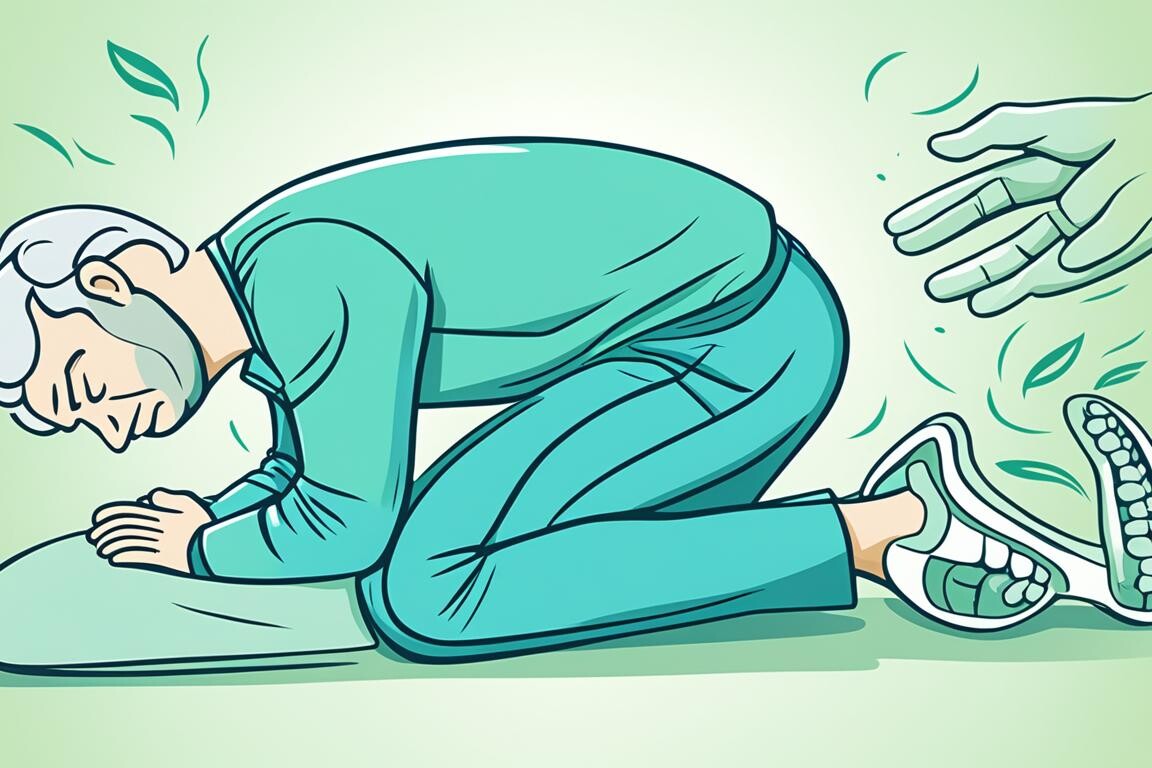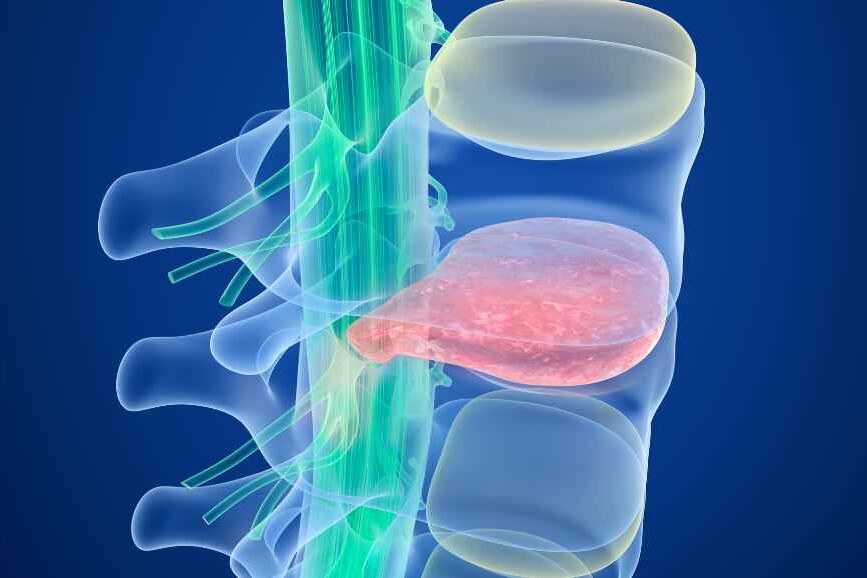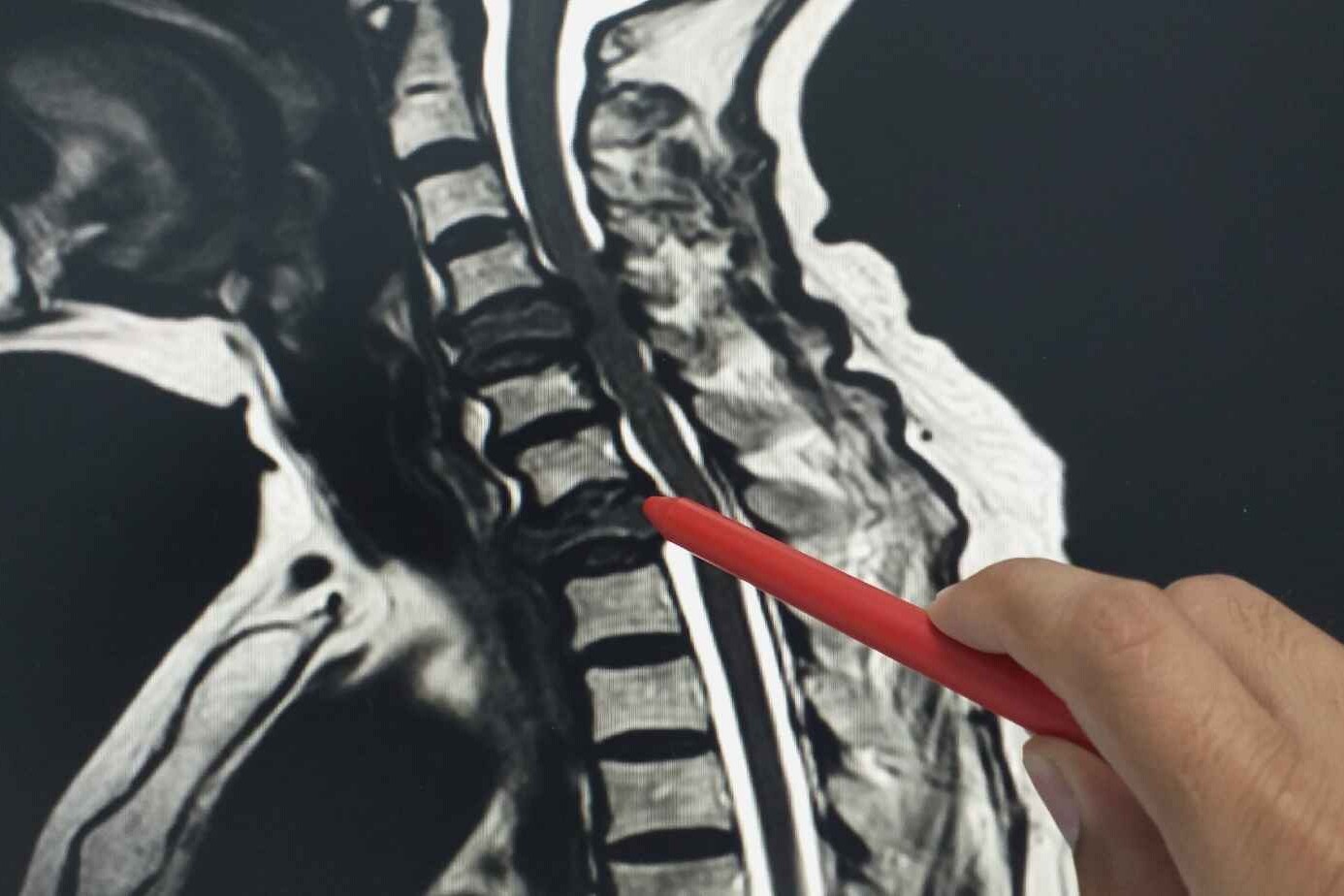Table of Contents
ToggleUnderstand Recovery after Spinal Surgery
Spinal fusion surgery can be a daunting prospect, but it’s often a necessary step to relieve back pain and improve your quality of life. Understanding what to expect during the recovery process can help you mentally and physically prepare. Here, we will talk about the recovery process, rehabilitation, postoperative care, and resuming activities of daily living.
Postoperative Course
Assuming everything goes well, you will spend the next two to three days in the hospital. Length of stay can also vary as per the general health condition before the surgery, other comorbidities, and the extent of the surgery. Individuals with diabetes, obesity, liver problems, and heart diseases may take longer to recover, and doctors may observe them longer to ensure safe discharge.
Pain
Surgeons typically prescribe painkillers after the surgery as they anticipate some pain. The leg pain, if preexisting, typically improves almost immediately; however, if it persists, it is advisable to discuss it with your surgeon. Some patients may experience difficulty passing urine postoperatively, in recovery after spinal surgery but healthcare providers can address it with conservative measures.
Ambulation
Healthcare providers typically encourage patients to begin walking as early as the second day. Recommend promoting ambulation to facilitate a quicker recovery, even though pain may limit the process. Sue of a walker or brace may help.
Diet
Surgeons determine the diet based on the site and extent of the recovery after spinal surgery. Typically, patients can orally intake food within 6 hours of waking up after the procedure. The initial diet may comprise clear liquids and easily digestible foods. As recovery after spinal surgery progresses, healthcare providers introduce solid foods based on the patient’s tolerance.
Wound Site
Ensuring proper surgical incision care is paramount to preventing complications, particularly infection. A meticulously managed postoperative wound care routine plays a crucial role in healing. The incision site is routinely dressed and carefully examined for any indications of infection, such as redness, swelling, or discharge. This vigilant monitoring allows healthcare professionals to detect potential issues promptly.
Depending on the nature of the surgery and the individual’s health condition, antibiotics may be prescribed as a preventive measure to stave off infection. This proactive use of antibiotics is widespread in specific operative settings where the disease risk is higher. The goal is to create an environment that fosters optimal healing while minimizing the risk of bacterial intrusion.
Patients are often provided with clear instructions on maintaining the incision site’s cleanliness at home. This may involve gentle cleansing with mild soap and water and applying prescribed ointments or dressings. Adhering to these guidelines is crucial for preventing infection and promoting the formation of a robust and well-healed scar.
Physical therapy, an integral component of the recovery process, commences on the second day of postoperative care.
Pain Control
This is the most concerning aspect of postoperative care and limits the patient’s mobility.
Usually, pain medications are used round the clock, keeping in mind the side effects and recommended dosage. It’s essential to take them as directed to keep pain at a manageable level. Extra care is taken for patients with underlying diabetes, kidney disease, or liver disease.
Finding a comfortable position is crucial. Experiment with different sleeping and sitting positions to relieve pressure on your back.
Cold or Hot compresses can also be used for pain control.
Rehabilitation
Rehabilitation is a cornerstone in your journey to recovery, playing a pivotal role in restoring your physical well-being after an injury or recovery after spinal surgery. This comprehensive process is expertly guided by a physical therapist who tailors a personalized exercise program to address your unique needs and challenges. The primary objectives of these exercises are manifold, encompassing the restoration of strength, enhancement of flexibility, and the overall improvement of spinal health.
Your personalized exercise regimen is carefully curated to target specific areas of concern, considering the nature of your condition and your rehabilitation goals. These exercises are instrumental in rebuilding muscular strength and are designed to promote joint flexibility, preventing stiffness and fostering a gradual return to normal function.
A skilled physical therapist provides invaluable guidance during rehabilitation, ensuring proper form and technique in each exercise to maximize effectiveness and minimize the risk of injury. As you advance through your program, the therapist may adjust the intensity and complexity of exercises to align with your improving physical capabilities, creating a dynamic and evolving rehabilitation plan.
Brace and Mobility
Patients may need to wear a brace for several weeks to support the spine.
- Walking: Walking is a great way to promote healing and prevent blood clots. Initially, short, slow walks are preferred, and gradually, the duration and pace can be increased.
- Nutrition: A diet rich in protein and complex carbs is preferred. Consulting a nutritionist may not be a bad idea for clarity and direction.
Resuming Work
Depending upon the recovery after spinal surgery, this may take up to 3 to 4 weeks in some cases. Often, patients are recommended to join work after they are pain-free and can ambulate well.
Once you resume work, some changes may be necessary, like adjusting your workspace, using ergonomic furniture, or temporarily altering job duties.
- Gradual Return: Consider a gradual return to work. Start with reduced hours or modified tasks to avoid overexertion.
- Tune in to Your Body: Be mindful of the signals your body sends. If you experience increased pain or discomfort at work, communicate with your employer and consider adjustments.
- Manage Stress: Reducing stress is essential for a triumphant return to work. Participate in relaxation methods and strive for a balanced work-life equilibrium.
- Stay Active: Continue with the exercises and physical therapy your surgeon prescribes. Staying active and maintaining a healthy lifestyle will support your recovery after spinal surgery.
Conclusion
Recovery after Spinal Surgery may take time, but it’s a journey toward a pain-free and
improved quality of life. Following your surgeon’s recommendations, managing pain, engaging in rehabilitation, and returning to work with care are critical steps in this process. Remember, every patient’s recovery is unique, so be patient with yourself and consult your medical team for personalized guidance. You can look forward to a brighter, pain-free future with time, dedication, and proper care.
About The Author

This article is medically reviewed by Dr. Chandril Chugh, Board-Certified Neurologist, providing expert insights and reliable health information.
Dr. Chandril Chugh is a U.S.-trained neurologist with over a decade of experience. Known for his compassionate care, he specializes in treating neurological conditions such as migraines, epilepsy, and Parkinson’s disease. Dr. Chugh is highly regarded for his patient-centered approach and dedication to providing personalized care.
→ Book a consultation to discover which remedies suit your needs best.




